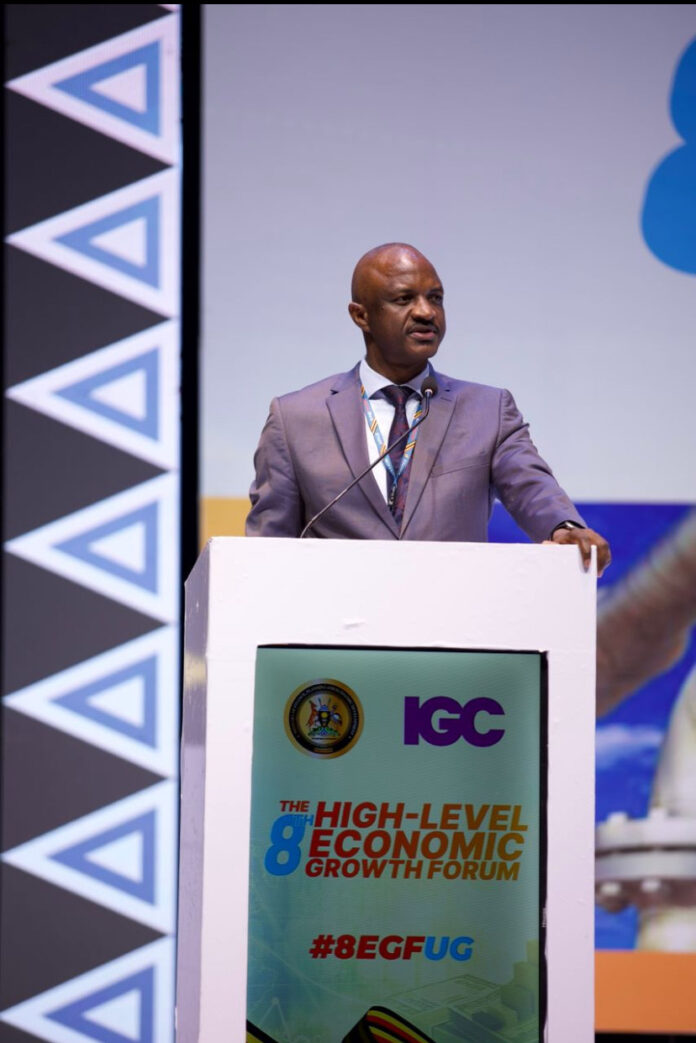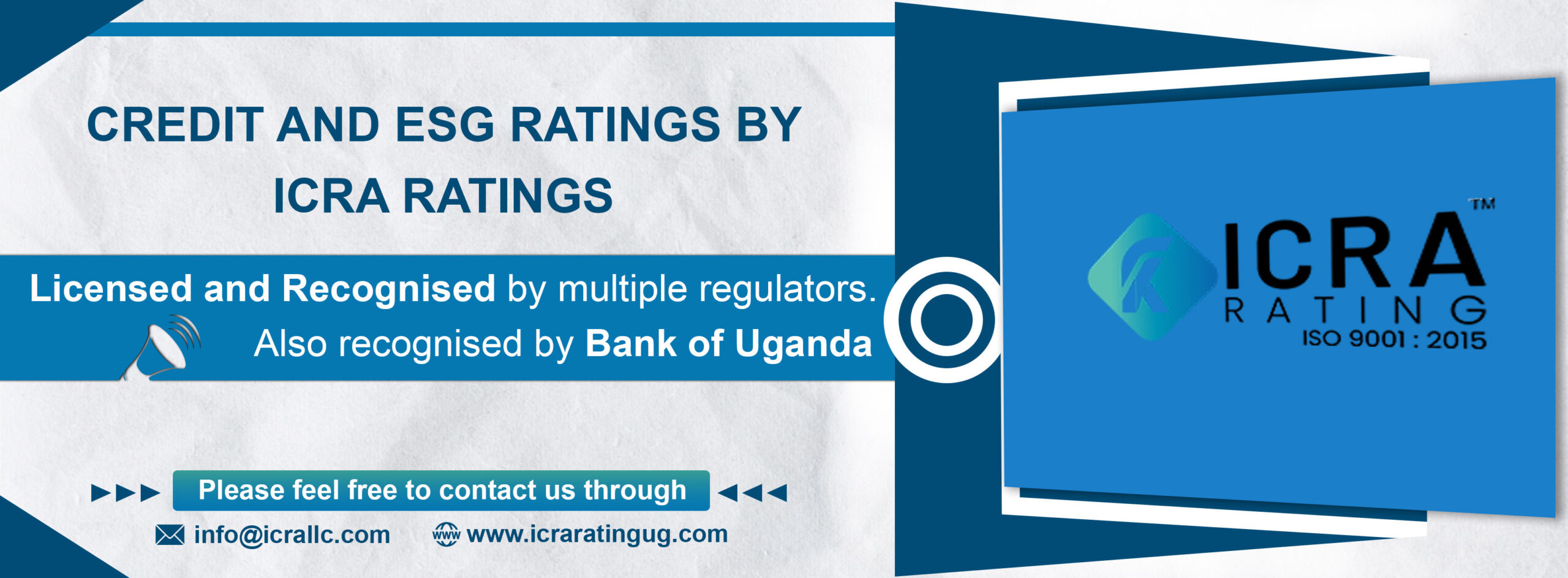
The Permanent Secretary of the Ministry of Finance, Planning, and Economic Development, Ramathan Ggoobi, has presented the economic strategies that are set to trigger swift growth of Uganda’s economy from USD 50 billion to USD 100 billion by 2040.
According to Minister Ggoobi, the growth will be possible by focusing on developing four key sectors: Argo-industrialization, Tourism, Mineral development including Oil and Gas, Science, Technology and Innovation (ATMS).
He made the revelation while presiding over the 8th high-level economic growth forum held on Thursday, August 29, 2024, at the Kampala Serena Hotel, under the theme, “Seizing opportunities for structural transformation to increase productivity and resilience.”
“The plan aims to double GDP every 5 years, raise per capita GDP from USD 1,146 to USD 7,000 by FY 2039/40, increase savings from 20% to 40% of GDP by 2040, raise the share of exports in GDP from 12% to 50%, and increase annual FDI inflows from USD 2.9 billion in 2022 to USD 50 billion by 2040,” he said.
While discussing strategies, Dr. Albert Musisi, the Ministry’s Commissioner of Macroeconomic Policy, said that there is a need to increase both actual and potential real GDP growth more than the level achieved last year of 6%, adding that new sources of growth must be found and there must be improvements in the productive capacity of the economy to achieve higher growth potential.
Dr. Richard Newfarmer, Country Director of the International Growth Centre, said there is a need for structural transformation and the need to embrace policies and programs to generate the opportunities and measures to address the economic bottlenecks.
Commenting on the current welfare of Uganda’s economy, Ggoobi said despite facing global challenges such as tighter financial conditions and supply chain disruptions, Uganda’s economy demonstrated impressive resilience by achieving a growth rate of 6.0% in FY 2023/24, staring that the performance significantly surpasses the Sub-Saharan Africa average of 3.8% projected for 2024 and the global average of 3.2%.
He added that Uganda’s strong economic growth has been driven by infrastructure development, investment in human capital development, deliberate government programs for agriculture and agro-industrialization such as the Parish Development Model (PDM), and a conducive macroeconomic environment.
Other opportunities include natural resources such as oil and gas, gold, population growth and harnessing demographic dividends, enhanced regional integration, domestic savings to finance investments and reduce reliance on external debt, and closing gaps in the policy and regulatory environment.














